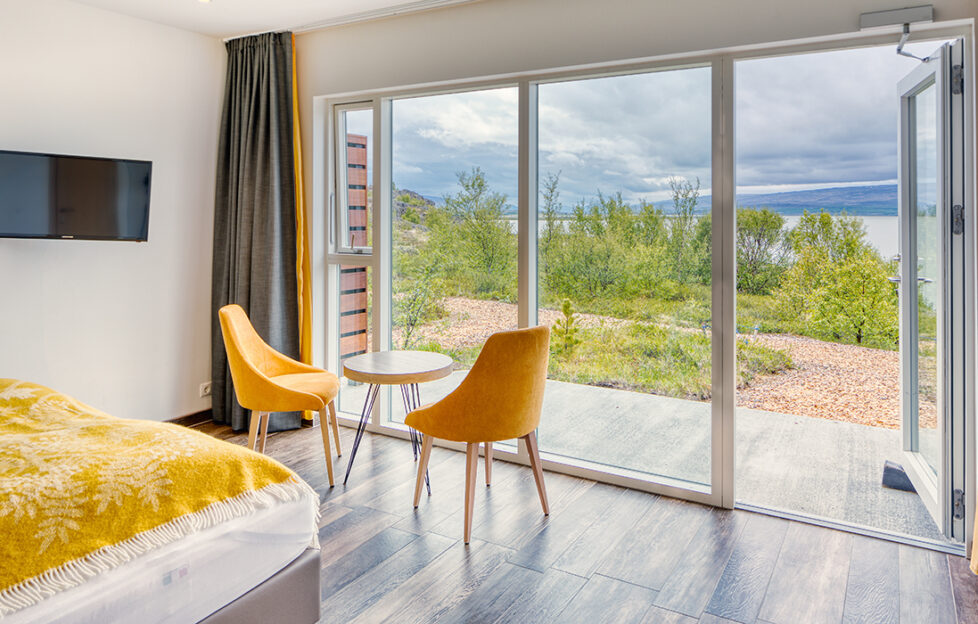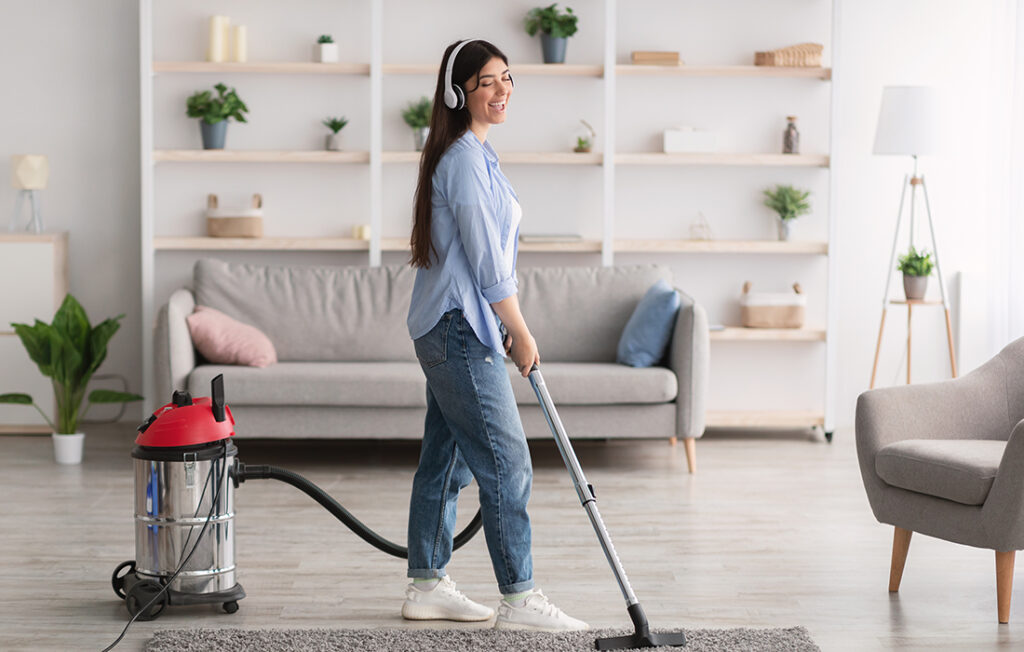How Clean Is Your Air?

Natural health expert and chemist Dr Tim Bond from Puressentiel reveals what you can do to purify the air in your home…
Marking International Day of Clean Air earlier this month, studies shows indoor levels of pollutants may be two to five times higher than outdoor levels.
That’s a bit worrying when it comes to staying healthy and safe from nasty bugs and viruses – if we’ve learned anything in the past two years, it’s the importance of breathing in clean, fresh air!
Yet incredibly, research by Puressentiel reveals that four in five of us don’t worry about the air in our homes.
With indoor air pollution a cocktail of outdoor pollutants and indoor irritants, many experts believe that improving indoor air quality is key to tackling respiratory health issues as well as allergies.
Dr Tim says:
Our homes have very much become our sanctuaries. And while it feels like our own little fortress, the air around us isn’t keeping us quite as safe as we would want, or hope.
“Research conducted by Puressentiel shows that we also aren’t really aware of indoor air pollution as a problem, nor the extent to which it can affect our wellbeing.
“Yet many experts believe that improving indoor air quality is the key to tackling respiratory health issues such as asthma and chronic obstructive pulmonary disease (COPD), as well as allergies.
“Symptoms associated with indoor pollution can include headache, fatigue, shortness of breath, sinus congestion, coughing, sneezing, dizziness, nausea, and irritation of the eye, nose, throat and skin, with some people being more sensitive to indoor pollutants.”
So just what is indoor air pollution?
Dr Tim explains:
“It’s a cocktail of outdoor pollutants such as ozone and vehicle emissions, and indoor irritants such as volatile organic compounds, cleaning chemicals, moulds, fungal spores and bacteria.
“And before you reach for the air fresheners to help, or light a candle, both add to the cocktail of indoor air pollutants.
So, what can we do? Tim’s top 5 tips:
1. Ventilation
Good ventilation is essential, open windows where and when you can to allow air to circulate. Do be careful though if you live next to a particularly busy road as you may let in more pollution
2. Ditch the air fresheners
Though the house may feel cleaner and smell amazing after spraying air fresheners, they actually add to the pollutants circulating in the air, so can actually be bad for our wellbeing
3. Love essential oils
Essential oils have antibacterial, antiviral and antifungal properties. Try Puressentiel’s Purifying Air Spray, with a unique blend of 41 essential oils which work together to tackle airborne bacteria, fungal spores and house-dust mites while leaving a natural uplifting aromatic atmosphere. Scientifically proven it helps improve indoor air quality and reduce respiratory symptoms.
4. Housework
Vacuuming and dusting is important – all over the house to remove dust mites. Pay particular attention to rugs, carpets, upholstered furniture. Even get the vacuum out to use on the mattress.
5. Switch carpets to hard flooring
One for when you are thinking about re-decorating. Hard flooring is easier to keep clean and sweep away dust, pet dander and general dirt. These can be harder to see on carpets, and mites love burrowing into carpets and rugs.





